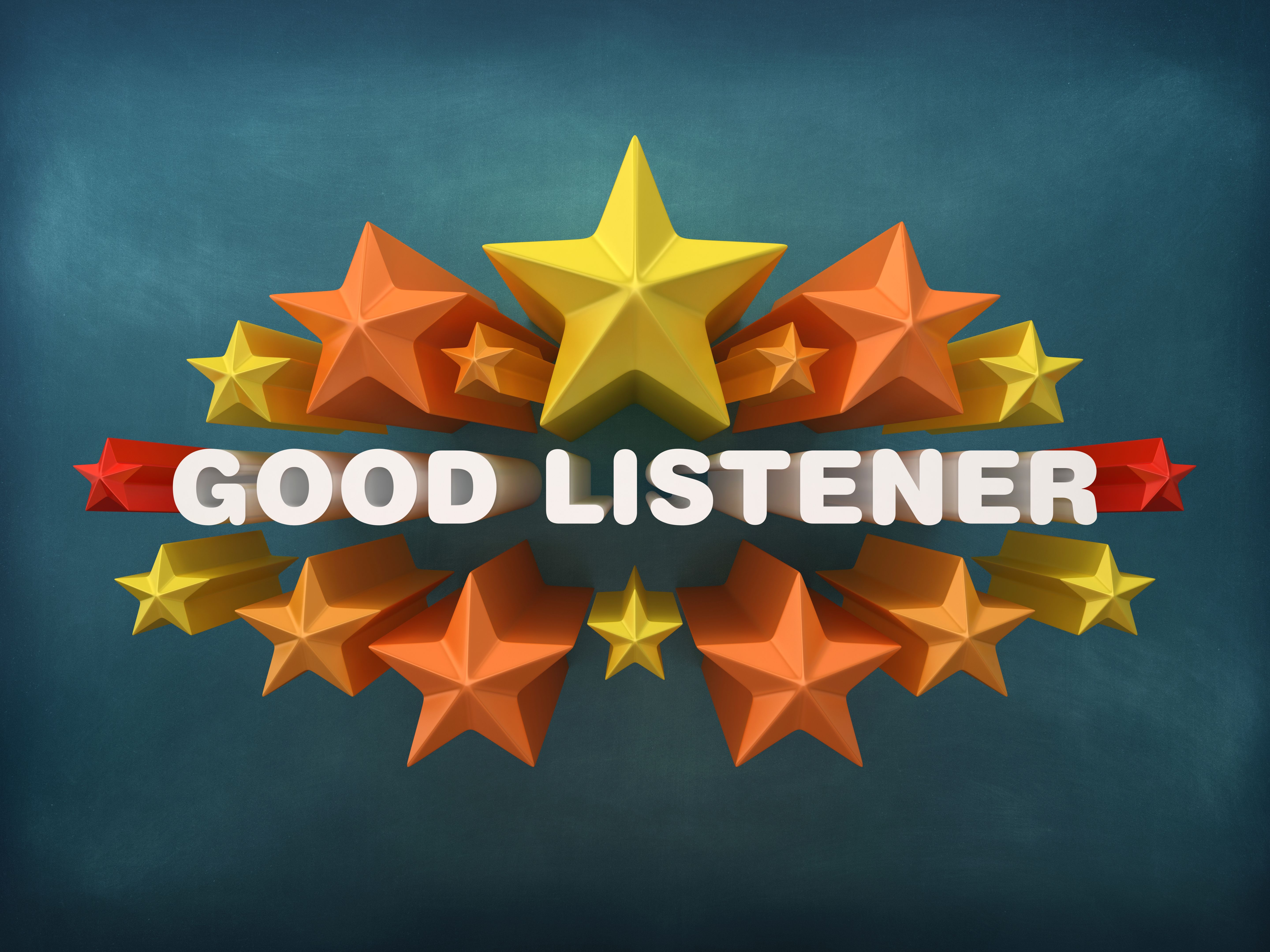The Power of Curiosity Gaps: Creating Mental Magnets
Understanding Curiosity Gaps
In the world of content creation, capturing and maintaining the audience's attention has become a sophisticated art. One effective technique that has gained traction is the use of curiosity gaps. These are strategic openings in content that leave the audience wanting more, effectively creating a magnet for their attention. By crafting messages that tease information just beyond the audience's grasp, creators can increase engagement and retention.
Curiosity gaps work by tapping into a natural human desire to resolve uncertainties. When presented with a question or an intriguing piece of information that lacks closure, our brains are driven to seek answers. This drive can be harnessed by marketers, educators, and content creators to draw audiences deeper into their material.

The Psychology Behind Curiosity Gaps
The psychological mechanism behind curiosity gaps is rooted in the concept of cognitive dissonance. When individuals are faced with a gap between what they know and what they want to know, they experience a form of mental discomfort. This discomfort acts as a motivator to fill the gap, often leading them to seek out more information to resolve the uncertainty.
By understanding this psychological principle, content creators can craft messages that engage their audience more effectively. The key is to find the balance between providing enough information to intrigue and withholding just enough to inspire further exploration.

Applications in Content Marketing
Curiosity gaps are not just a theoretical concept; they have practical applications in various fields, particularly in content marketing. Marketers can use curiosity gaps to enhance their campaigns in several ways:
- Teaser Content: Craft headlines or introductory paragraphs that hint at valuable insights or surprising facts, encouraging readers to click through or continue reading.
- Email Campaigns: Use subject lines that provoke curiosity, prompting recipients to open emails for more information.
- Social Media Posts: Create posts that leave questions unanswered or promise solutions to common problems, driving engagement and shares.

Creating Effective Curiosity Gaps
To create effective curiosity gaps, it's essential to understand your target audience and what piques their interest. Here are some strategies to consider:
- Know Your Audience: Research what topics your audience finds intriguing or challenging. Tailor your curiosity gaps around these interests.
- Be Specific Yet Mysterious: Provide enough detail to be interesting but hold back key information that drives curiosity.
- Use Questions: Pose questions that your audience is likely pondering themselves, compelling them to seek out the answers you provide.
By implementing these strategies, you can create content that acts as a mental magnet, drawing your audience in and keeping them engaged.

The Benefits of Curiosity Gaps
The strategic use of curiosity gaps can lead to numerous benefits for content creators and marketers alike. Increased engagement often translates into higher conversion rates and stronger brand loyalty. When audiences feel compelled to delve deeper into content, they are more likely to remember and act upon the information presented.
Moreover, curiosity gaps can enhance the overall user experience by making content more interactive and enjoyable. Audiences appreciate content that challenges their thinking and satisfies their innate desire for knowledge. This positive experience can lead to increased sharing and recommendations, further amplifying the reach of the content.
In conclusion, leveraging curiosity gaps is a powerful tool in the arsenal of any content creator or marketer. By understanding the psychological underpinnings and practical applications of this technique, you can create compelling narratives that captivate your audience's attention and inspire them to explore further.
